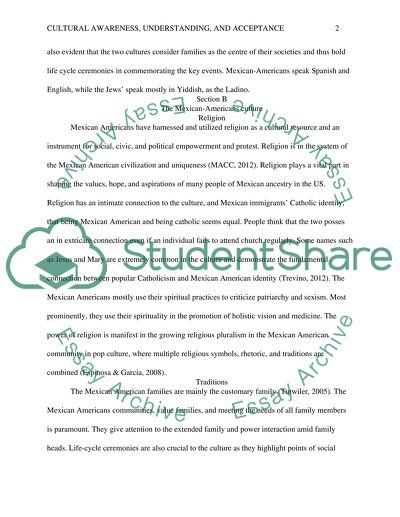Cite this document
(“Cultural Awareness, Understanding, and Acceptance of the Research Paper”, n.d.)
Retrieved from https://studentshare.org/sociology/1394627-cultural-awareness-understanding-and-acceptance-of-the-mexicanamericans-and-the-american-jews
Retrieved from https://studentshare.org/sociology/1394627-cultural-awareness-understanding-and-acceptance-of-the-mexicanamericans-and-the-american-jews
(Cultural Awareness, Understanding, and Acceptance of the Research Paper)
https://studentshare.org/sociology/1394627-cultural-awareness-understanding-and-acceptance-of-the-mexicanamericans-and-the-american-jews.
https://studentshare.org/sociology/1394627-cultural-awareness-understanding-and-acceptance-of-the-mexicanamericans-and-the-american-jews.
“Cultural Awareness, Understanding, and Acceptance of the Research Paper”, n.d. https://studentshare.org/sociology/1394627-cultural-awareness-understanding-and-acceptance-of-the-mexicanamericans-and-the-american-jews.


